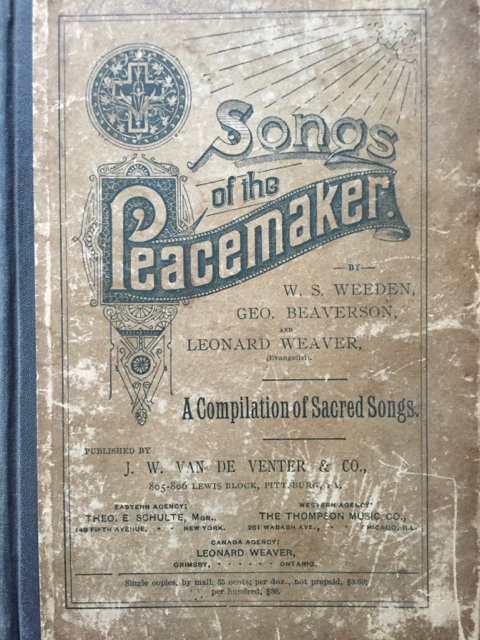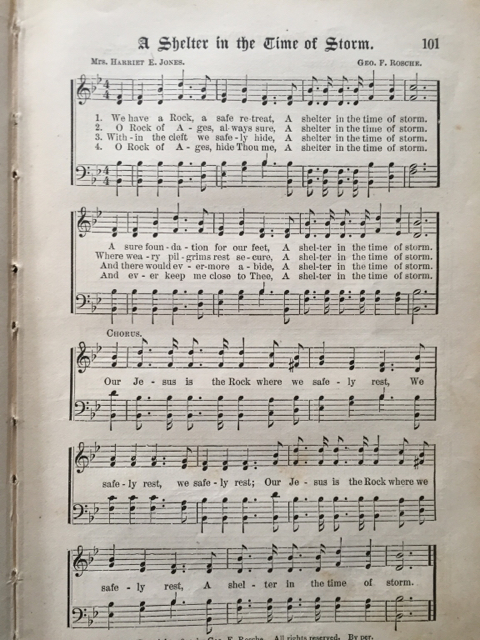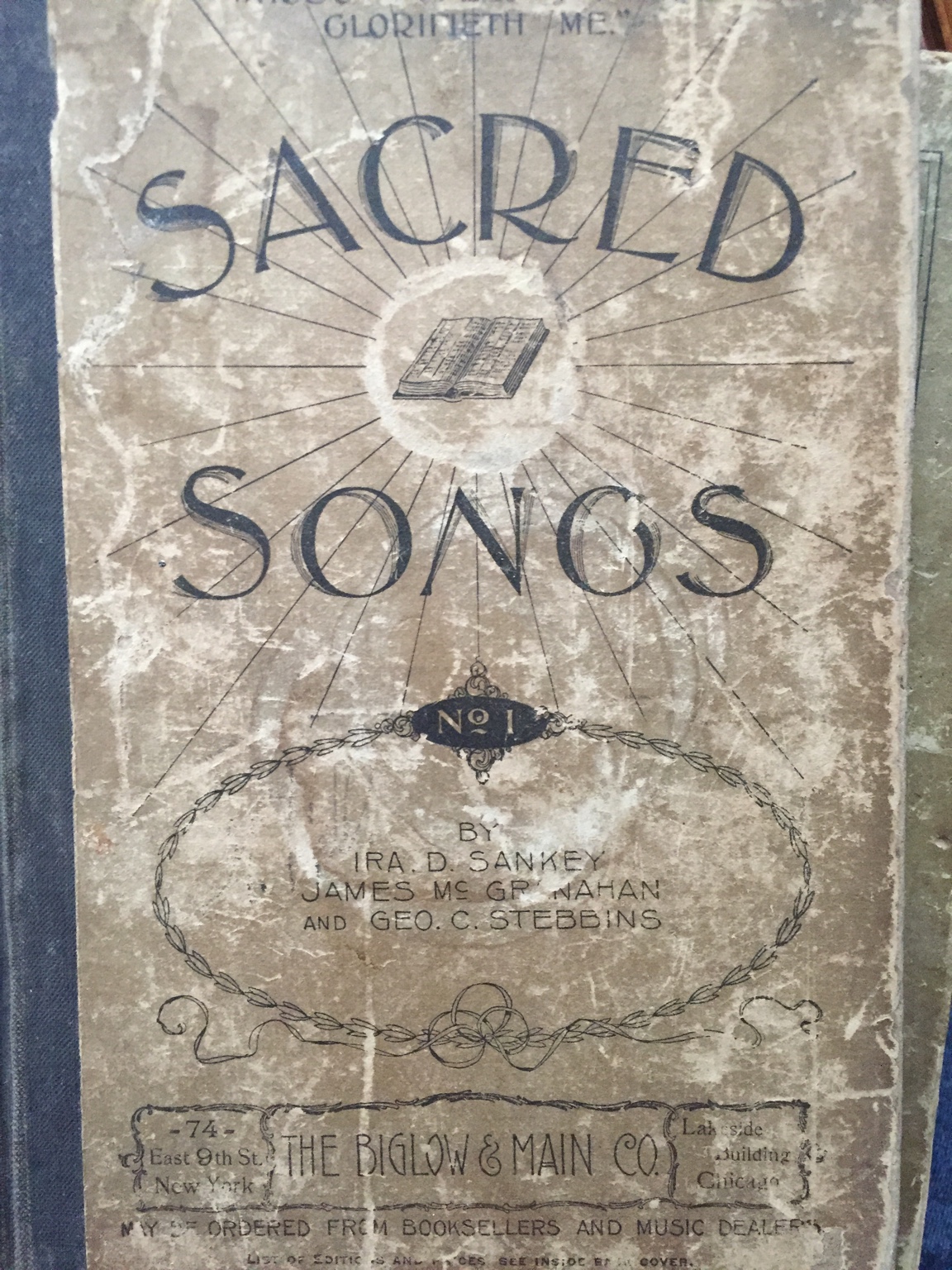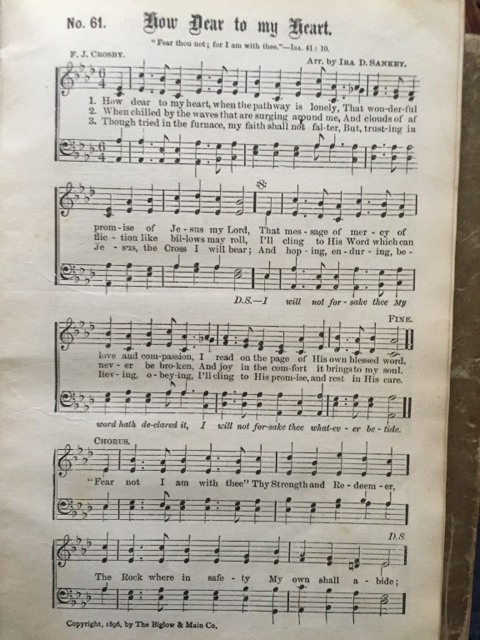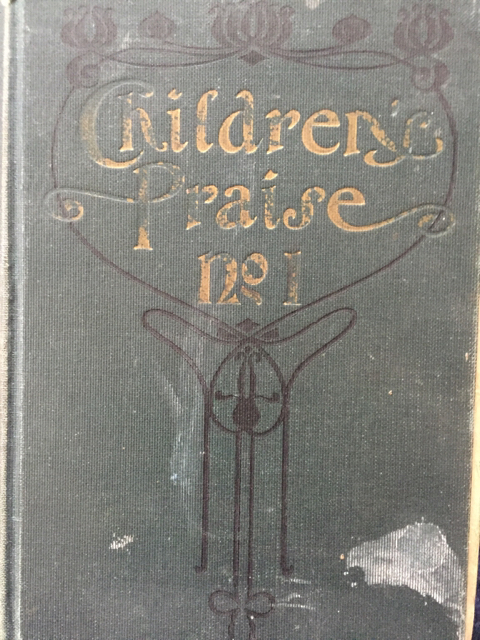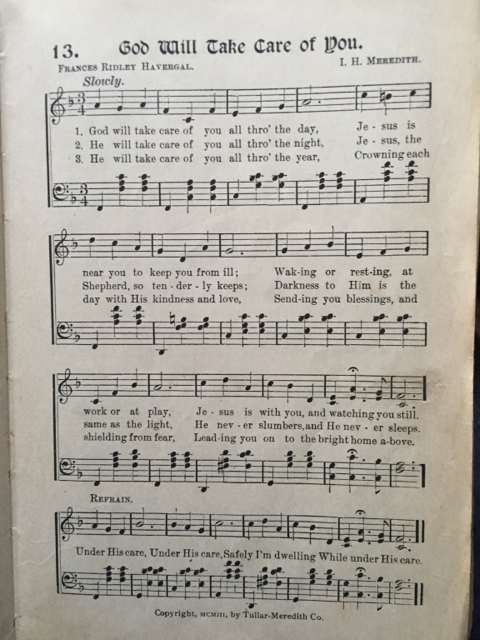- Jan 18, 2016
- 533
- 515
- 47
- Faith
- Eastern Orthodox
- Marital Status
- Private
- Politics
- US-Republican
I am a Cantor. A Greek Orthodox equivalent of a choir director or precentor. I find hymanls fascinating. Recently I had a really interesting discussion with @MarkRohfrietsch about Lutheran hymnals, and I thought I'd post a thread here so we can talk about hymnals in general.
Now, Mark suggested I buy a copy of his denomination's Lutheran Service Book, and Inlove this hymnal. I had recently obtained a 1982 Episcopal hymnal, because I heard it contained several Eastern hymns, but I don't see it. On the other hand, two of the four Lutheran Sunday communion services began with our Great Ektenia. He also suggested I buy a specific hymnal used by a Lutheran ancestor of mine (my grandmother's cousin) who was a pastor in the Augustana; I am waiting for it to arrive.
So I'm going to kick of this thread by listing the hymnals I have, starting with the ones I use at my church. Because there are so many musical settings and variants of the Orthodox liturgy, and because we mainly use Byzantine Chant in my parish, I am not going to touch the music books hemselves, but just list out the hymnals that contain the text for the hymns, and describe their function:
Now, I collect Protestant hymnals, because I love Protestant hymns. To me, they, and also Syriac and Armenian hymns and Coptic Tasbeha, have the same ethos Byzantine chant is meant to have, an ethos different from the beautiful, exquisite and inaccessible hymns of the Slavonic tradition, or of Renaissance era Roman Catholicism (like Byrd, Tallis and Palestrina) which require a trained choir. Imlove those hymns, and I believe there should be a place for both congregational songing and choir-led singing.
I have the following Protestant hymnals:
So what else am I missing? In particular, what are the historic hymnals of the Roman Catholics and traditional Baptists and Reformed Christians? I have heard the Southern Baptist historically made very heavy use of "square note singing" and a hymnal called the Sacred Harp or a variant called Southern Harmony.
With Roman Catholics, I have read the music to accompany the Missal is largely found in books called the Graduales, but that the main text for all the hymns historically used in the Tridentine mass is in the Breviary and Missal. And post-1969, most parishes are using Misalettes, published annually. which seem, from what I've seen of them, to not bevery good. I read the Bishop of Marquette is banning them and publishing a diocesan hymnal, which sounds like a very good idea.
So...lets talk hymnals!
Now, Mark suggested I buy a copy of his denomination's Lutheran Service Book, and Inlove this hymnal. I had recently obtained a 1982 Episcopal hymnal, because I heard it contained several Eastern hymns, but I don't see it. On the other hand, two of the four Lutheran Sunday communion services began with our Great Ektenia. He also suggested I buy a specific hymnal used by a Lutheran ancestor of mine (my grandmother's cousin) who was a pastor in the Augustana; I am waiting for it to arrive.
So I'm going to kick of this thread by listing the hymnals I have, starting with the ones I use at my church. Because there are so many musical settings and variants of the Orthodox liturgy, and because we mainly use Byzantine Chant in my parish, I am not going to touch the music books hemselves, but just list out the hymnals that contain the text for the hymns, and describe their function:
- The Horologion - This contains, in addition to prayers, the Hymns of the Divine Office and the Divine Liturgy, as well as the prayers of the former (usually all of them, including those said by the priest, but usually an Horlogion does not contain the priests prayers in the Liturgy, or Mass / Eucharist).
- The Octoechos: contains the hymns sung throughout most of the year, on an eight week rotation (we have a "tone of the week" and the text of some of our hymns changes to that tone).
- The Triodion - this pargely supercedes the Octoechos starting on the Third Sunday Before Lent; the name is because in Morning Prayer, our longest hymns, the Canons, consist of Nine Odes or Canticles (which either are, or are hymns based upon, the Nine Biblical Canticles, like the Song of the Three Children and The Magnificat). The canons in the Octoechos usually only have two Odes, but those in Lent and until a week after Pentecost have three Odes. Hence Triodion. We use this book in Lent and Holy Week.
- The Pentecostarion, also known as the Flowery Triodion, we use from Easter Sunday until around the Second Sunday after Pentecost. It contains the hymns of Eastertide, the Ascenscion, Pentecost, and All Saints Day (the same day as Trinity Sunday in the West).
- The Menaion - This contains the hymns sung on fixed holy days throughout the year. There is a Festal Menaion translated by Metropolitan Kallistos Ware and Mother Mary, which contains English translations of the most important feasts, like Christmas, the Annunciation, the Transfiguration, and the Exaltation of the Cross. In my parish, on the chant stand we use the Monthly Menaion, twelve volumes, in Greek and English, with special notation "///" at the end of stanzas, to help us sing it in Byzantine Chant.
Now, I collect Protestant hymnals, because I love Protestant hymns. To me, they, and also Syriac and Armenian hymns and Coptic Tasbeha, have the same ethos Byzantine chant is meant to have, an ethos different from the beautiful, exquisite and inaccessible hymns of the Slavonic tradition, or of Renaissance era Roman Catholicism (like Byrd, Tallis and Palestrina) which require a trained choir. Imlove those hymns, and I believe there should be a place for both congregational songing and choir-led singing.
I have the following Protestant hymnals:
- A 19th century Moravian hymnal; text only, no music, sadly. The text is classically Moravian: sentimental, sweet, pietistic.
- A 1917 Lutheran hymnal, in electronic form, very beautiful
- A 1918-ish Methodist Episcopal hymnal, very beautiful, very traditional.
- A 1965 Methodist Episcopal hymnal. I like this one even more.
- A 1978 Augsburg Fortress Lutheran Book of Worship (the "Green Book). No opinion yet.
- A 1982 Episcopal Hymnal - I love the mix of traditional and modern language and the Phos Hilarion. However, it does not have "Hosanna, Loud Hosanna," one of my favorite Protestant hymns.
- A 1992 UMC hymnal. This is really bland and watered down. Not a fan.
- The new LCMS Lutheran Service Book - This is lively, has contemporary yet dignified language, and has Hosanna, Loud Hosanna and elements from the Orthodox divine liturgy. If the LCMS entered into full communion with the Ecumenical Patriarchate tomorrow, I would be thrilled, because this book is up to Orthodox standards.
So what else am I missing? In particular, what are the historic hymnals of the Roman Catholics and traditional Baptists and Reformed Christians? I have heard the Southern Baptist historically made very heavy use of "square note singing" and a hymnal called the Sacred Harp or a variant called Southern Harmony.
With Roman Catholics, I have read the music to accompany the Missal is largely found in books called the Graduales, but that the main text for all the hymns historically used in the Tridentine mass is in the Breviary and Missal. And post-1969, most parishes are using Misalettes, published annually. which seem, from what I've seen of them, to not bevery good. I read the Bishop of Marquette is banning them and publishing a diocesan hymnal, which sounds like a very good idea.
So...lets talk hymnals!

